Words and Photos by
Alina Patrick
Boxing in Cuba is a visual representation of the resilience of an island embargoed, shut off from the rest of the world, yet still standing. The sport is incredibly popular across the country and despite economic issues, Cuba produces some of the most talented boxers in the world. At the Rafael Trejo boxing gym in Havana, young boys are recruited around seven years old and train for free from coaches who were in the Olympics (all sports and extracurricular activities are provided for free to Cuban citizens). The open air gym hosts competitions for these young students as well as older boxers who train at ESPA, the Cuban sports academy in the outskirts of Havana where these photographs were taken.

Many boxers wear jerseys with “Habana,” “Guantánamo” or even “Granma” written across the back to show their home cities and the teams they fight for.
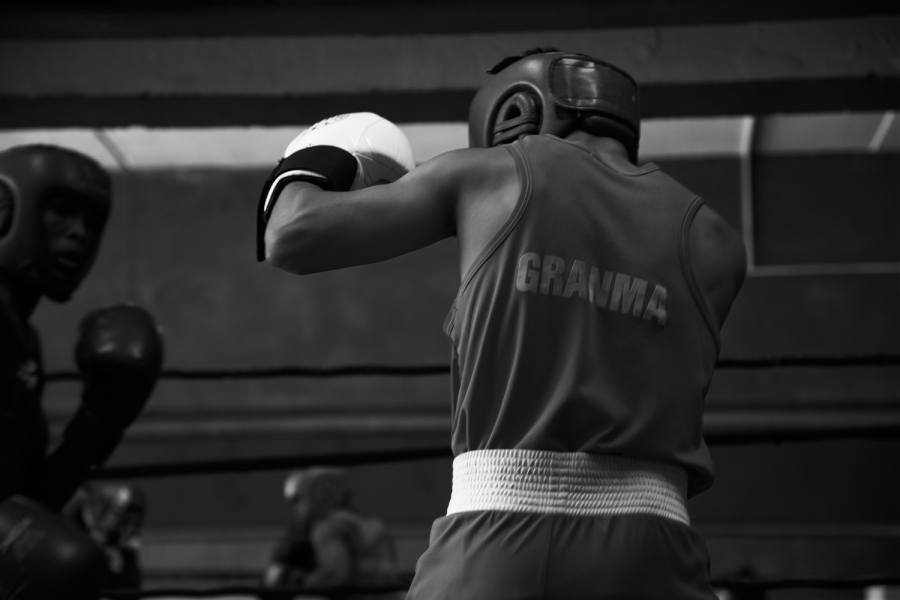
Granma, a province in the southeast part of the island, is named after the boat Fidel Castro used to sail from Mexico to Cuba in 1956 to overthrow the Batista regime. The small boat was only meant to fit up to 12 passengers, but it managed to arrive on the shores of eastern Cuba with 82 fighters who would successfully overthrow the regime and start the Cuban Revolution. The Granma is now part of Cuban mythology and is associated with the revolution and success against all odds.
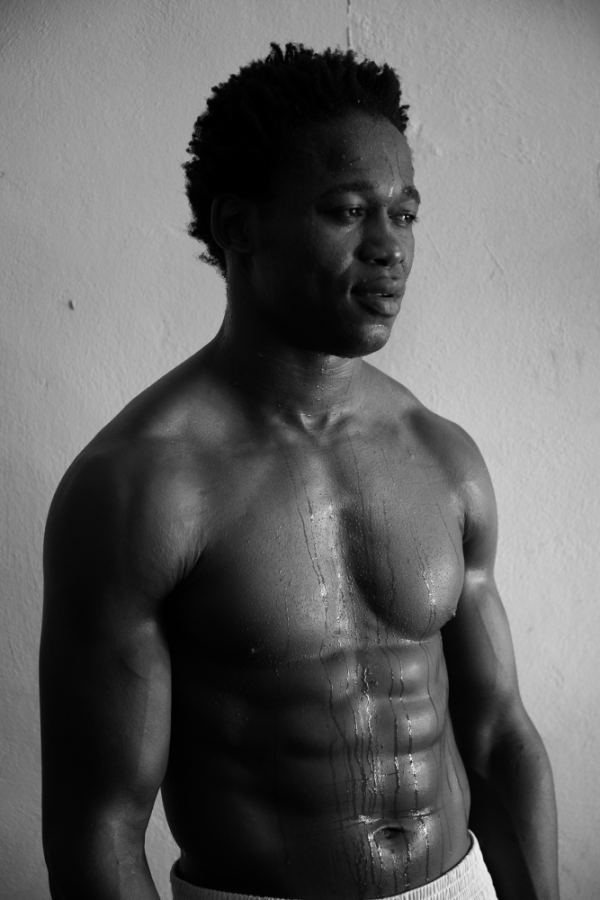

But it is also the name of the state-owned newspaper in a country where freedom of expression and independent journalism are restricted. Boxing, too, cannot exist as a pure romanticization of Cuban resilience because it has its own faults. It is of course a free and healthy way for young boys to exercise, find a community and dispel aggression through sports.
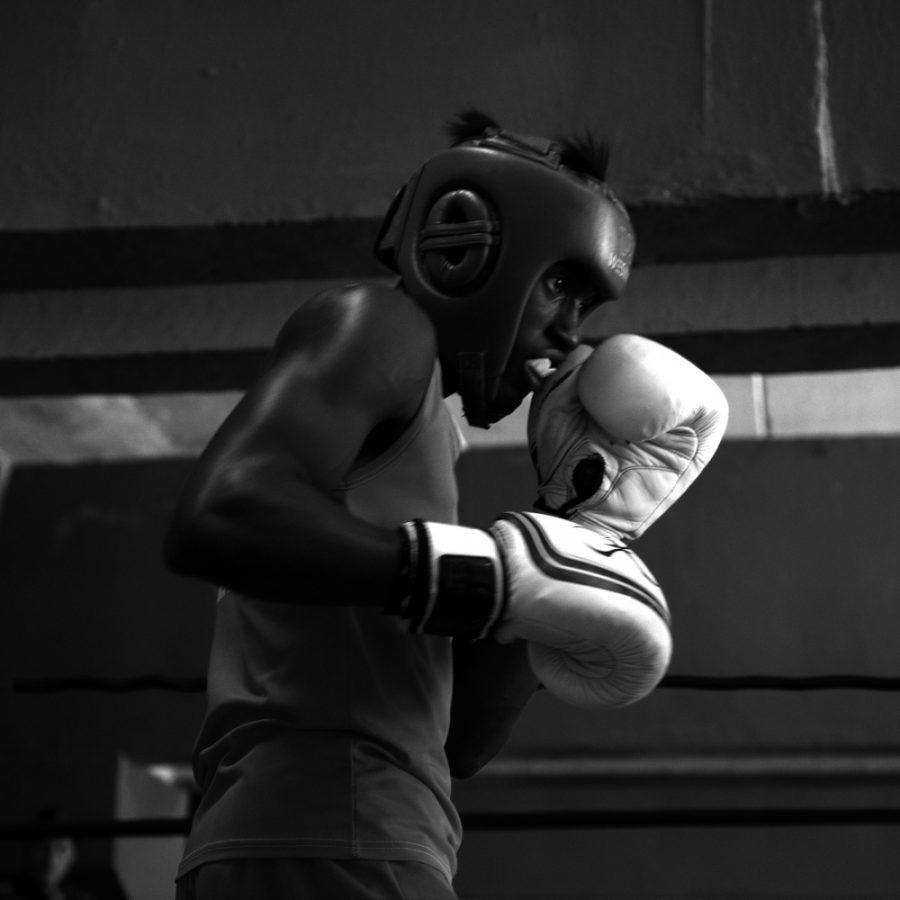
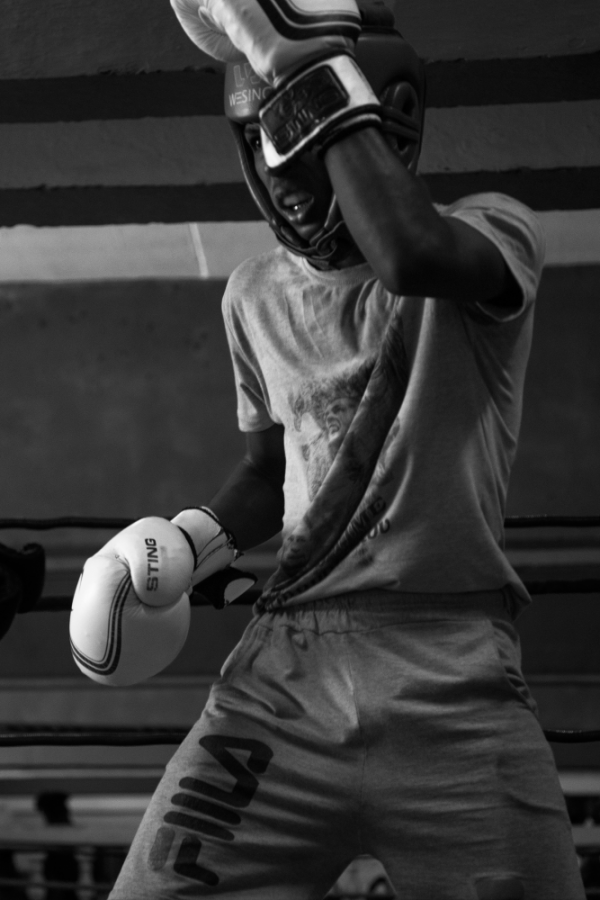
However, it is only for young boys. Women are not permitted to participate in any boxing leagues or competitions in Cuba as it is considered too dangerous for them.
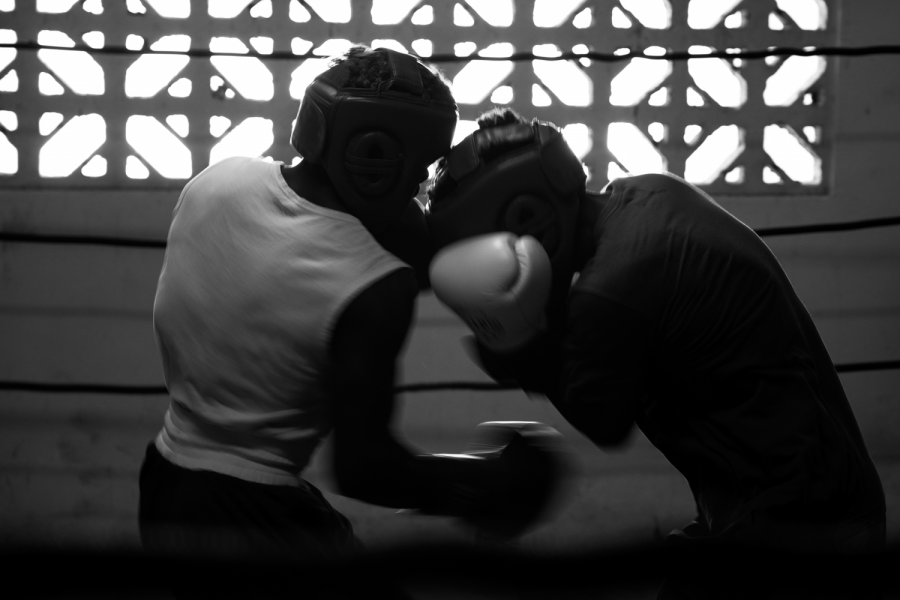
Many outsiders view Cuba as either a utopia of equality and socialist values or the last-standing evil Communist enclave in a post-Cold War world. While I only lived in Havana for seven weeks and wished to have spent more time there learning and experiencing all facets of Cuba, I was still able to understand that nothing can be that simple. Cubans live a life of economic difficulty given their relationship with the United States, but one of greater equality than almost anywhere in Latin America. However, equality in terms of race and gender was not resolved in the revolution, despite what the government claims.

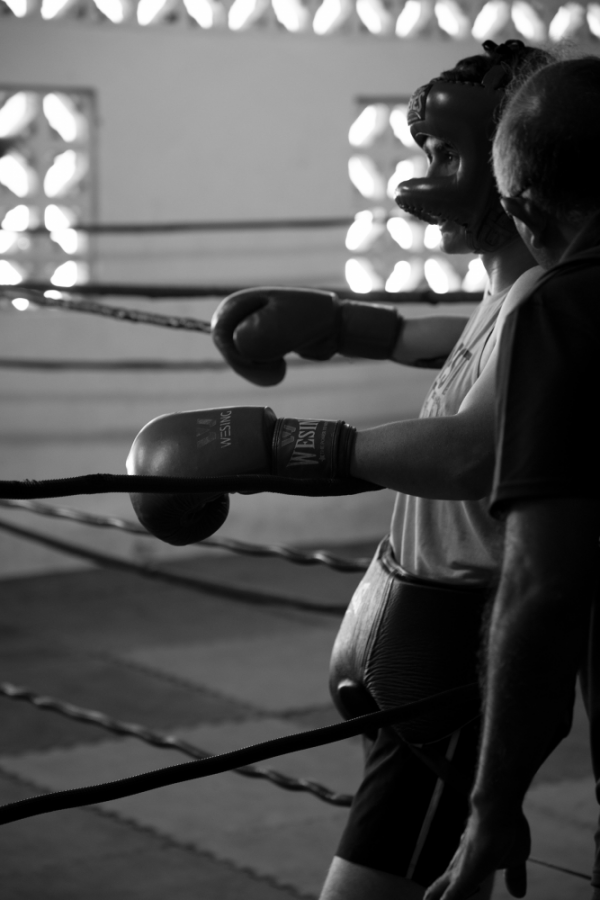
Even photographing these gyms was a difficult task given my position as a woman. I was originally going to pursue a project on the seven-year old boys’ class at the Rafael Trejo gym when one of the coaches asked me on a date and told me not to talk to him anymore when I turned him down.
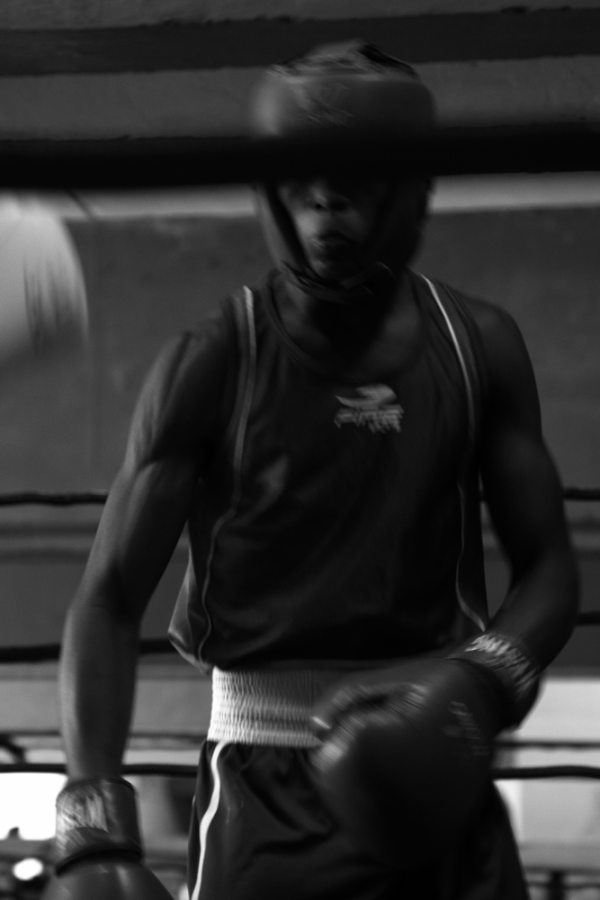
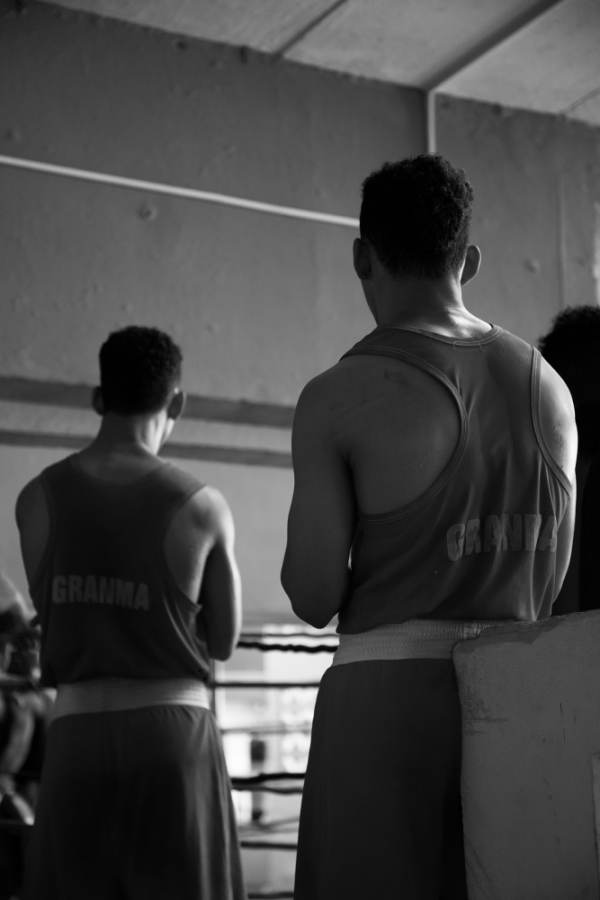
However, the boxers I did form a professional relationship with at ESPA were welcoming and happy to share their passion and experiences with me. Cuba is a complicated country with an even more complicated political situation, but there is no denying it is an island full of talent and imagery all on its own.
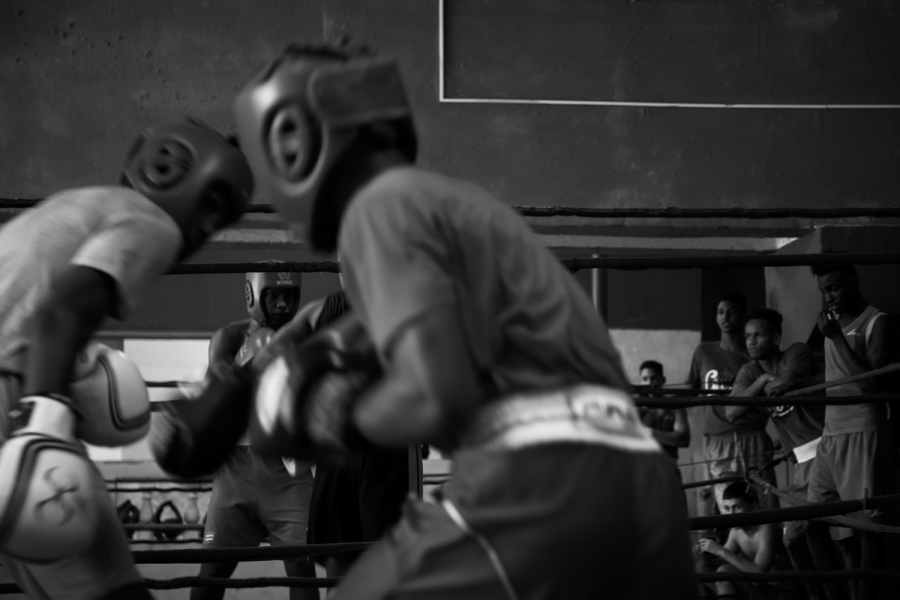
Email Alina Patrick at [email protected].





















































































































































